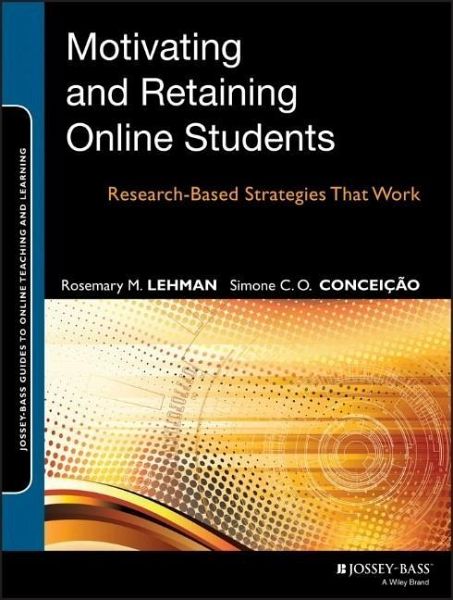
Motivating and Retaining Online Students
Versandkostenfrei!
Versandfertig in 2-4 Wochen
38,99 €
inkl. MwSt.
Weitere Ausgaben:

PAYBACK Punkte
19 °P sammeln!
Finally, the first research-based book of sound strategies and best practices to help instructors motivate students to complete their online courses. Although studies support the effectiveness of learning online, students often fail to complete online courses. Some studies have found that as many as 50-70% drop out of their online courses or programs. Retention is not only a growing expectation and imperative, but it is also as opportunity for faculty members to take the lead in innovating, researching, and implementing new strategies while demonstrating their effectiveness. Designed for instr...
Finally, the first research-based book of sound strategies and best practices to help instructors motivate students to complete their online courses. Although studies support the effectiveness of learning online, students often fail to complete online courses. Some studies have found that as many as 50-70% drop out of their online courses or programs. Retention is not only a growing expectation and imperative, but it is also as opportunity for faculty members to take the lead in innovating, researching, and implementing new strategies while demonstrating their effectiveness. Designed for instructors and instructional designers, Motivating and Retaining Online Students is filled with empirical research from the authors' study of motivation and retention strategies that can reduce online learner dropout. Focusing on the most important issues instructors face, such as course design; student engagement and motivation; and institutional, instructional, and informal student support strategies, the book provides effective online strategies that help minimize student dropout, increase student retention, and support student learning. While helping to improve the overall retention rates for educational institutions, the strategies outlined in the book also allow for student diversity and individual learner differences. Lehman and Conceição's proven model gives instructors an effective approach to help students persist in online courses and succeed as learners.













